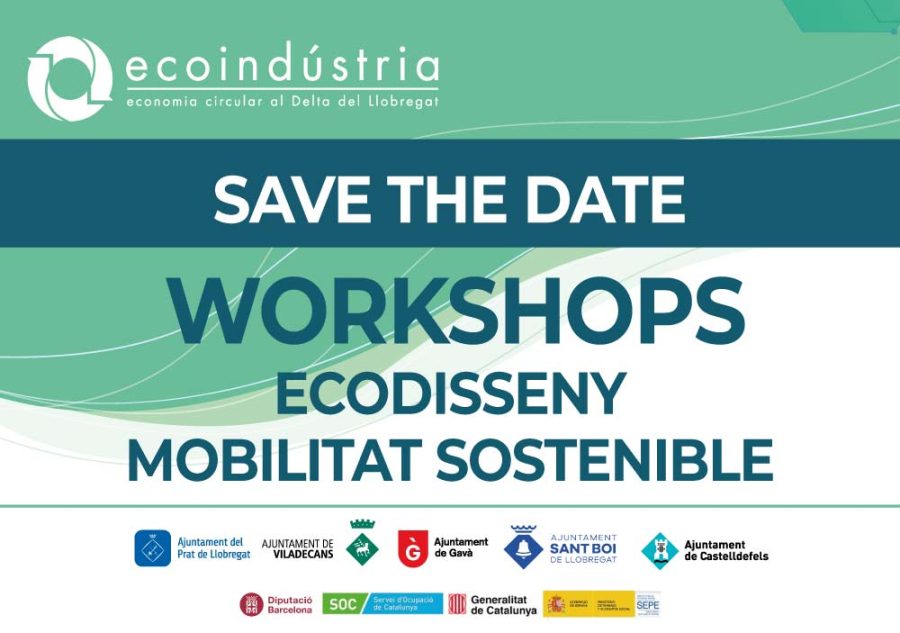Researchers at ETH Zurich are re-examining the causes of soil erosion around the world, and have discovered that countries themselves have a surprisingly strong influence on their soil. This “country effect” was not previously detected
Soil erosion is a global problem that threatens food security and the functioning of ecosystems. It has an adverse effect on water and air and, of course, on the ground itself. It also produces a series of harmful effects; Farmers, for example, must compensate for the loss of natural land productivity by increasing their use of fertilizers. As things stand, soil is being lost at a significantly greater rate than it is being created. Since the agricultural and forestry industries simply cannot function without soil, many governments are trying to combat erosion in their countries.
Soil erosion has a multitude of causes, many of which are still not well understood. We still don't know, for example, if, and indeed how, different countries influence the erosion of their lands. Research so far has focused on identifying reciprocal relationships known as correlations, such as the fact that erosion is more severe in poor countries than in rich ones. Identifying the causal effects, on the other hand, has been and continues to be very difficult.
REMOTE SENSING AND MODELING OF SOIL EROSION
David Wupper and Robert Finger of the Agricultural Economics and Policy Group at ETH Zurich and Pasquale Borrelli of the University of Basel have used satellite imagery and numerous data sources to investigate the socio-economic causes of soil erosion in the whole world
Based on high-resolution remote sensing data and various other data sources, researchers created an erosion map of the world. With the help of a statistical model, the researchers investigated whether the rate of erosion is generally changing continuously across space, but "jumps" abruptly at country borders. Such abrupt "jumps" in the political borders they reveal the influence of the countries left and right of the borders.
In a second map, the researchers also modeled the potential rate of natural erosion. This allowed them to see how big the difference is between current and natural erosion and whether there are natural discontinuities in the rate of erosion at political boundaries.
NATIONAL BORDERS REVEAL WHERE EROSION IS ABNORMALLY HIGH
It was through this approach that Wupper and Finger were able to identify "the country effect" as a cause of soil erosion. The researchers present their findings in a study recently published in the journal Nature Sustainability.
This country effect is most visible along political borders, as these areas provide the best basis for comparing observations. "The rate at which soils erode depends to a large extent on which side of the border and, consequently, in which country the land is located," says lead author David Wupper.
To illustrate their approach, the researchers use the island of Hisaniola, home to Haiti and the Dominican Republic, as an example. In its natural form it would be very low because this vegetation would protect the soil from the rain.
In reality, however, the researchers found that along the border, the soils of Haiti lose 50 tons more per year and per hectare than those of the Dominican Republic. Wupper explains that if Hispaniola had not been subjected to human intervention and was still in its natural state, there would not be a sharp increase in soil erosion along the border. "But the presence of such an increase points to political entities, not to natural borders", he says.
The differential erosion along the border of the two Caribbean states is extremely high: 30 times higher than the world average, which according to the researchers' calculations is 1.4 tons per year and hectare of arable land. In comparison, Germany's erosion rate is 0.2 tons lower than that of neighboring countries. The researchers consider this to be very positive because it suggests that erosion is also quite low in the countries bordering Germany. “Our findings illustrate how inconsistent the pattern observed around the world is,” says Wupper. A country's biggest influence on soil erosion is its agriculture and the way farmers cultivate the land there. However, the level of income in a particular country has no influence.
HIGH POTENTIAL
In addition to highlighting failures and deficiencies in land protection, the study also shows that there is clear potential for countries to improve their land protection and the way they do it. Fingger explains that before the study, no one realized the great influence that the "country effect" would offer. In the past, soil erosion had been seen as a predominantly local problem. "We have now shown that factors on a larger scale also strongly influence erosion in a given country." he says
In addition, the ETH Zurich researchers' method can be used to determine whether the measures countries take to improve soil protection are effective or not. One of these measures, for example, is the introduction of economic incentives to encourage greater land cover or reduced cultivation. However, measures to protect against erosion can also lead to new conflicts of interest if, for example, reduced cultivation leads to greater use of pesticides for weed control. "The basis for good policy formulation regarding this is to identify and quantify these conflicting objectives," says Finger.
Finger and Wupper are already working on a follow-up study to investigate such trade-offs. They plan to use the same methodology to quantify the conflict of interest that all countries face between increasing their yields and conserving water.







